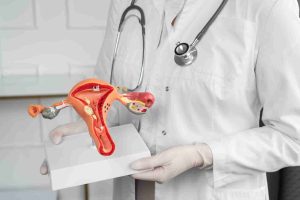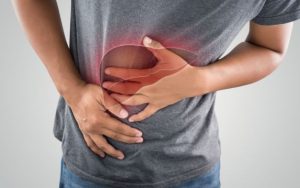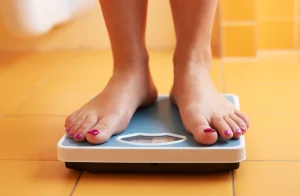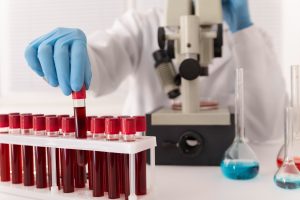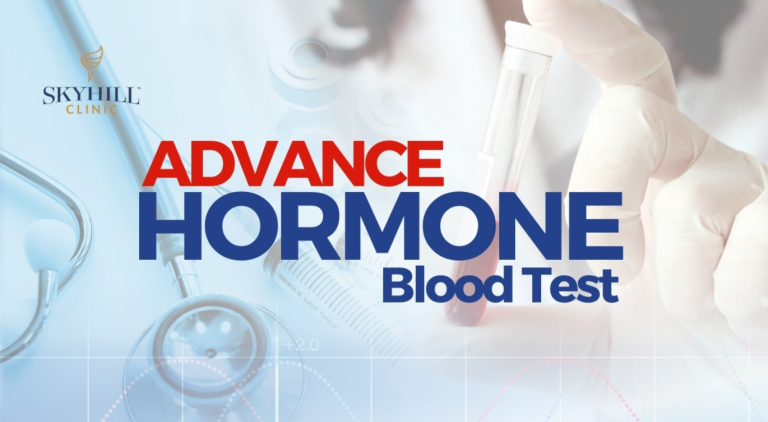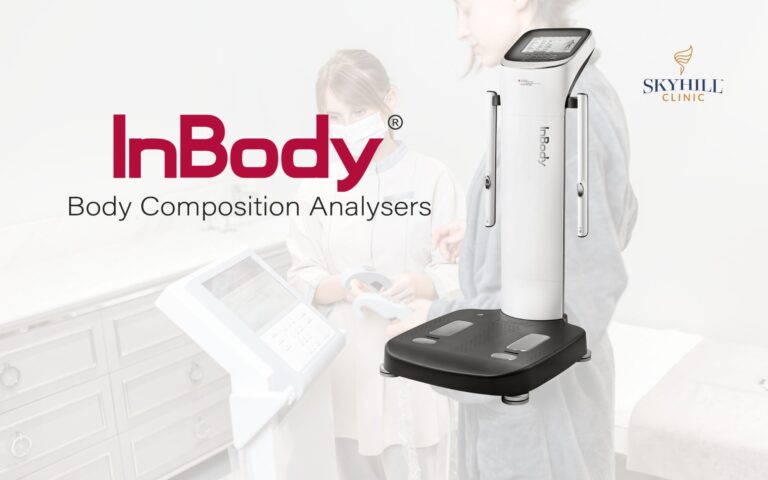Hormones act as your body’s chemical messengers, influencing mood, metabolism, and reproductive health. Among the most important for women are estrogen and progesterone. These two hormones frequently work together; however, they also have distinct roles that affect your energy, emotions, and well-being. By understanding how they differ, and how they complement each other, you can make more informed lifestyle and healthcare decisions. estrogen vs progesterone
1. What Is Estrogen?
To begin with, estrogen is not a single hormone but a group that includes estradiol, estrone, and estriol. Primarily, your ovaries produce estrogen, although your adrenal glands and fat tissue also contribute smaller amounts.
Furthermore, estrogen plays multiple critical roles:
- Regulates the menstrual cycle: It thickens the uterine lining, preparing for possible pregnancy.
- Supports bone health: It maintains bone density and strength.
- Influences mood and brain function: By regulating serotonin, it contributes to emotional stability.
- Maintains skin and hair vitality: It keeps skin elastic and hydrated while supporting hair growth.
- Supports cardiovascular health: It helps manage cholesterol levels and blood vessel flexibility.
Consequently, estrogen levels rise during the follicular phase (the first half) of your menstrual cycle, peaking just before ovulation.
2. What Is Progesterone?
On the other hand, progesterone becomes dominant in the luteal phase (the second half of the cycle) after ovulation. Your ovaries primarily produce it, although the adrenal glands and, during pregnancy, the placenta also contribute.
In addition, progesterone serves several essential purposes:
- Prepares the uterus for implantation: It thickens and stabilizes the uterine lining.
- Maintains pregnancy: It prevents uterine contractions that could interfere with embryo implantation.
- Calms the nervous system: Often called nature’s “relaxation hormone,” it promotes a sense of calm.
- Supports breast tissue development: It helps prepare mammary glands for milk production.
As a result, progesterone levels surge after ovulation and remain elevated if pregnancy occurs; otherwise, they fall to trigger menstruation.
3. Estrogen vs. Progesterone: Key Differences
| Aspect | Estrogen | Progesterone |
|---|---|---|
| Primary phase | Follicular phase (first half of cycle) | Luteal phase (second half of cycle) |
| Main function | Stimulates growth and prepares for ovulation | Prepares and maintains uterine lining for pregnancy |
| Mood effect | Can boost energy and mood | Calming and stabilizing |
| Bone health | Maintains bone density | Plays a minor role |
| Pregnancy role | Indirect support via ovulation and fertilization | Directly maintains pregnancy |
Because of these differences, understanding which hormone is dominant at various points in your cycle can explain shifts in mood, energy, and even appetite.
4. How They Work Together
Although estrogen and progesterone have contrasting effects, they frequently complement each other. For example, estrogen stimulates growth of the uterine lining early in the cycle, whereas progesterone later stabilizes it. Moreover, during pregnancy, estrogen develops the placenta while progesterone prevents premature contractions.
Likewise, during perimenopause and menopause, both hormone levels decline, yet progesterone often falls first. Consequently, some women may experience estrogen dominance, a situation where estrogen’s effects are unbalanced by insufficient progesterone that leads to bloating or mood swings.
5. Imbalances and Their Effects
a. High Estrogen (Estrogen Dominance)
First, high estrogen levels can cause bloating, breast tenderness, mood swings, heavy periods, and weight gain. Additionally, factors such as excess body fat, chronic stress, or exposure to environmental estrogen-like chemicals (xenoestrogens) may contribute.
b. Low Estrogen
Conversely, low estrogen may result in hot flashes, night sweats, vaginal dryness, decreased bone density, and mood changes. Menopause, extreme exercise, or restrictive diets are common causes.
c. Low Progesterone
Similarly insufficient progesterone can lead to irregular or heavy periods and anxiety and sleep disturbances and difficulty conceiving. Chronic stress often plays a major role because your body diverts resources to produce cortisol.
d. High Progesterone (Less Common)
Finally, high progesterone levels, though rare outside pregnancy, can cause fatigue, bloating, and breast tenderness.
The Importance of Progesterone for Women’s Health: What Every Woman Should Know
6. Supporting Healthy Hormone Balance
To maintain balance, consider several lifestyle strategies:
- Eat a nutrient-rich diet: For instance, cruciferous vegetables like broccoli and kale help metabolize estrogen.
- Manage stress effectively: Since chronic stress reduces progesterone, techniques such as mindfulness, yoga, or deep breathing can help.
- Exercise regularly but moderately: While moderate workouts support hormone regulation, overtraining can disrupt your cycle.
- Limit alcohol and processed foods: These can exacerbate estrogen dominance.
- Prioritize consistent sleep: Quality rest supports both estrogen and progesterone production.
In addition, if lifestyle measures are not enough, medical options such as hormone replacement therapy or progesterone supplementation may be appropriate under a healthcare provider’s supervision.
7. Estrogen and Progesterone in Men
Interestingly, men also produce small amounts of both hormones. Although testosterone is dominant, estrogen in men supports bone health and brain function. Meanwhile, progesterone helps regulate testosterone and cortisol production. Consequently, imbalances can affect men’s mood, energy, and metabolism, even if less dramatically than in women.
8. Estrogen vs. Progesterone in Different Life Stages
- Puberty: To start, estrogen rises first, triggering breast development and menstruation, while progesterone follows once ovulation begins.
- Reproductive years: During these years, both hormones fluctuate monthly to regulate fertility.
- Pregnancy: Furthermore, progesterone surges to maintain pregnancy, whereas estrogen supports fetal development and other hormone interactions.
- Perimenopause and menopause: Eventually, progesterone declines before estrogen, often leading to irregular cycles. Later, estrogen levels drop, resulting in hot flashes, bone loss, and mood swings.
9. When to Seek Professional Help
If you experience persistent irregular cycles, severe mood changes, or unexplained fatigue, it is important to consult a healthcare professional. They can order blood or saliva tests, evaluate your symptoms, and provide personalized recommendations. Additionally, early medical guidance can prevent complications such as osteoporosis or fertility issues.
Conclusion

In summary, estrogen and progesterone are like two sides of a coin: estrogen drives growth, vitality, and energy, whereas progesterone offers stability, calm, and pregnancy support. Moreover, their delicate balance influences everything from mood to bone strength. Therefore, by tracking your cycle, managing stress, and maintaining a healthy lifestyle, you can support these hormones naturally. And if you suspect imbalances, seeking professional advice can help you restore equilibrium.
Ultimately, understanding estrogen versus progesterone empowers you to take charge of your reproductive health and overall well-being through every stage of life.
More interesting articles here : Estrogen vs. Progesterone: Functions in the Human Body


